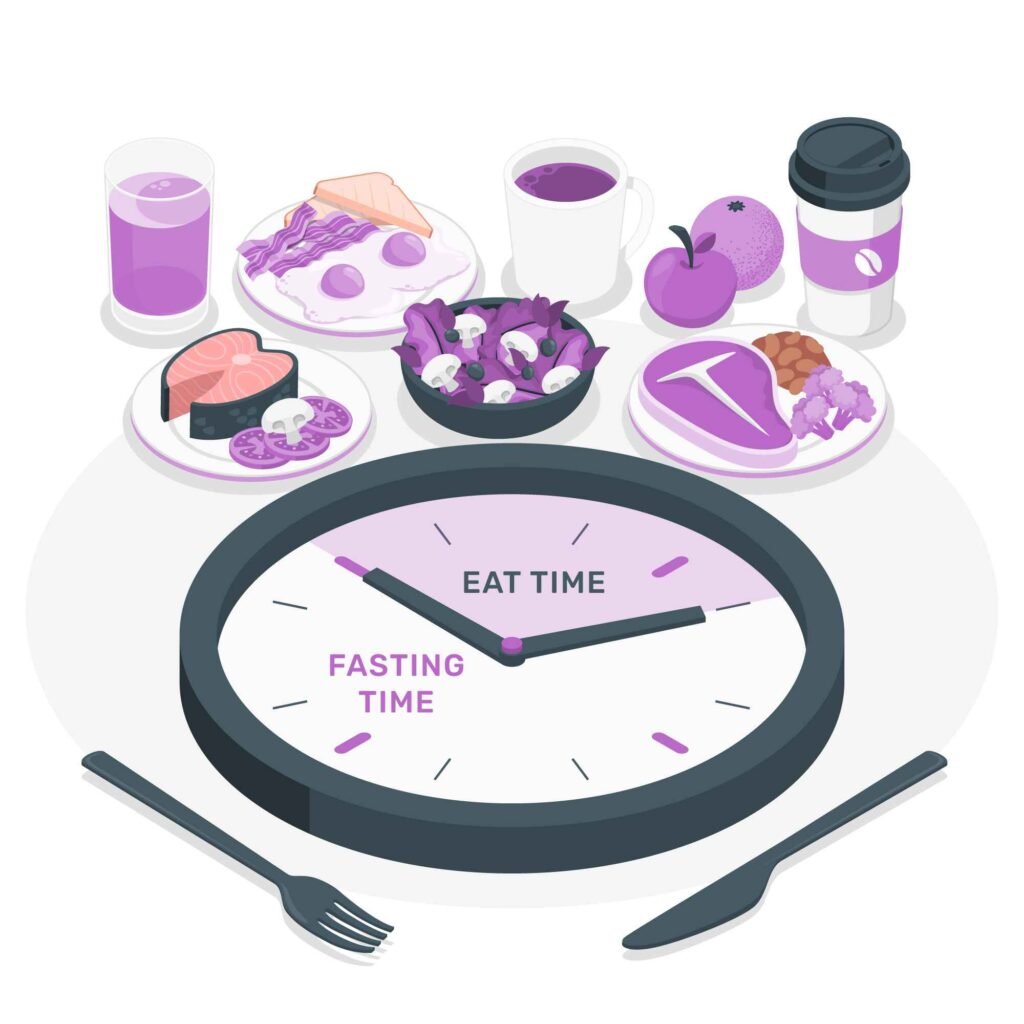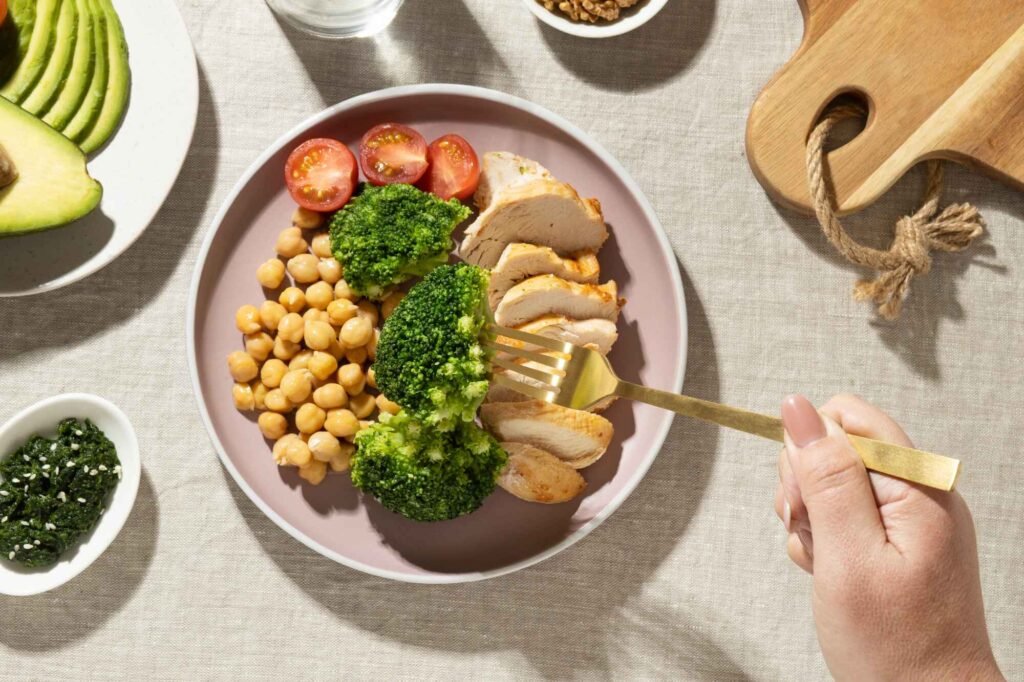
What Is a Low-Carb Diet and Why Should You Consider It?
What’s All the Buzz About Low-Carb Diets?
Let’s be honest, if you’ve ever thought about shedding some pounds or improving your health, the word “low-carb” has probably popped up. And it’s not just hype—there’s real science behind why reducing carbs can help you reach your goals. A low-carb diet focuses on reducing foods like bread, pasta, and sugar, while increasing proteins and healthy fats.
But what’s the magic here? This blog post will guide you through the benefits, types, and effective meal-planning strategies for a successful low-carb lifestyle. Whether you’re a newbie or looking to spice up your current diet, we’ve got you covered.
Why Go Low-Carb? The Top Benefits of This Lifestyle
Before diving into the nitty-gritty of meal planning, let’s explore why going low-carb is worth considering. Here are some powerful benefits:
- Weight Loss That Lasts
One of the top reasons people switch to low-carb diets is for weight loss—and it works! Studies show that low-carb diets lead to faster short-term weight loss compared to low-fat diets. By limiting carbohydrates, your body starts using fat stores for energy, which can help you shed pounds. Plus, the added protein and fats help keep you feeling full longer, making it easier to stay within your calorie limits. - Blood Sugar Control and Reduced Cravings
Low-carb diets aren’t just good for your waistline; they’re great for stabilizing blood sugar levels too. If you’re someone who’s managing type 2 diabetes or prediabetes, reducing your carb intake can keep insulin spikes under control, preventing those mid-afternoon energy slumps. Plus, fewer spikes mean fewer cravings, which makes it easier to avoid unhealthy snacks. - Boost Heart Health
Low-carb diets can also boost heart health. Studies indicate that reducing carb intake can lower triglyceride levels and increase HDL cholesterol, known as the “good” cholesterol. This helps maintain a healthier heart, but it’s important to opt for healthy fats like those found in olive oil, nuts, and avocados.
Different Types of Low-Carb Diets: Which One Is Right for You?
There’s no single low-carb diet that fits everyone’s needs. Here’s a breakdown of some popular options:
- Ketogenic Diet (Keto): This is the strictest form of low-carb dieting, limiting carbs to just 20-50 grams per day. The rest of your energy comes from fats, which pushes your body into ketosis—a state where it burns fat instead of carbs for energy.
- Atkins Diet: A bit more flexible, Atkins starts with a strict low-carb phase and gradually reintroduces carbs. This makes it more sustainable for those who want to transition to a balanced eating plan while still focusing on weight loss.
- Low-Carb, High-Fat (LCHF): As the name suggests, this plan reduces carbs but increases healthy fats like avocado, nuts, and olive oil. It’s great if you want a more balanced approach without going full keto.
- Paleo Diet: The Paleo diet cuts out processed foods, sugar, and most dairy, focusing instead on whole foods like lean meats, fish, fruits, vegetables, and nuts. It’s a moderate-low-carb option that emphasizes quality food sources.
The key is to choose a plan that feels manageable and fits your lifestyle. A good starting point might be simply reducing refined carbs like bread and sugar, then gradually experimenting to find out what works for you.
How Low-Carb Diets Work: The Science of Burning Fat
Here’s the deal: Carbohydrates are the body’s go-to energy source. When you cut them back, your body is forced to use alternative fuel—usually stored fat. This is when ketosis kicks in. Ketosis produces molecules called ketones, which are used as a source of energy, helping you burn fat effectively.
Another big perk of reducing carbs is stabilizing insulin levels. High-carb foods cause insulin spikes, which can lead to fat storage and eventually insulin resistance—a precursor to diabetes. By cutting back on carbs, you reduce the amount of insulin your body needs to produce, which helps keep fat storage in check.
The Risks: What You Need to Know Before Going Low-Carb
Like any diet, low-carb eating comes with its potential risks. If you drastically cut carbs, you might experience short-term side effects like headaches, fatigue, constipation, and muscle cramps. These symptoms, often called the “keto flu,” are temporary as your body adapts to using fat as its primary fuel source.
In the long term, if your diet is overly restrictive, you may face nutrient deficiencies—particularly in fiber, which helps maintain digestive health. This is why it’s crucial to include plenty of fiber-rich, non-starchy vegetables and nuts. Additionally, choosing healthy fats is important to avoid raising your risk of heart disease.
Meal Planning for Low-Carb Diets: Tips to Stay on Track
When it comes to eating low-carb, planning is everything. It can help you stay on track and avoid the temptation to reach for quick, high-carb foods when hunger strikes. Here are some practical tips:
- Stock Up on Staples
Having low-carb essentials like eggs, leafy greens, cauliflower, nuts, seeds, cheese, lean meats, and fatty fish makes meal prep much easier. When you have these on hand, you won’t feel tempted to reach for that high-carb snack. - Balance Your Protein and Fat
Protein is key to keeping hunger at bay, while healthy fats provide energy and satiety. Try incorporating lean proteins like chicken, turkey, and fish, and add fats like avocados, olive oil, and nut butters for variety. - Get Creative with Veggies
Non-starchy vegetables are your best friends on a low-carb diet. Use zoodles (zucchini noodles) instead of pasta, swap cauliflower rice for regular rice, or enjoy a generous serving of roasted vegetables. Spices and herbs can also add flavor and variety to your meals without adding carbs. - Keep It Simple
You don’t need elaborate meals to succeed on a low-carb diet. Simple dishes like scrambled eggs with avocado for breakfast or grilled chicken with sautéed spinach for dinner are quick, nutritious, and satisfying.
Sample Low-Carb Meal Plan to Get You Started
If you’re feeling a bit overwhelmed, don’t worry! Here’s a one-day sample meal plan that will give you an idea of how to structure your low-carb diet:
- Breakfast: Scrambled eggs cooked in butter with a side of sautéed spinach and avocado slices.
- Snack: A handful of almonds or a piece of cheese.
- Lunch: Grilled chicken Caesar salad (without croutons) with an olive oil dressing.
- Snack: Greek yogurt (unsweetened) with a sprinkle of chia seeds.
- Dinner: Baked salmon with a side of roasted cauliflower and steamed asparagus.
- Dessert: A couple of squares of dark chocolate (70% cocoa or higher).
This plan keeps your carb intake low while providing the nutrients you need to feel energized and satisfied.
Practical Tips to Stay on Track and Enjoy the Journey
Sticking to a low-carb diet can feel challenging at first, but it doesn’t have to be:
- Prep Ahead: Spend a few hours on the weekend prepping meals for the week—chop veggies, cook proteins, and make a few low-carb dishes ahead of time.
- Dining Out? No Problem!: Eating out can be challenging, but it’s not impossible. Choose protein-rich dishes, ask for extra veggies, and skip the bread.
- Listen to Your Body: Your body needs time to adapt to a low-carb diet. Drink lots of water, get enough sleep, and make adjustments based on how you feel.
Conclusion: Take the Leap Towards a Low-Carb Lifestyle
Low-carb diets are more than just a trend—they offer real benefits like weight loss, improved blood sugar control, and better heart health. The key to success is to choose the right approach for you, plan ahead, and make sure your meals are balanced and nutritious. By embracing healthy proteins, fats, and a variety of vegetables, you can enjoy satisfying meals that support your health goals.
Before starting any new diet, it’s always a good idea to consult with a healthcare professional—especially if you have underlying health conditions. With a bit of planning and the right mindset, a low-carb diet can be a delicious and sustainable way to improve your health and achieve your wellness goals. Here’s to making healthier choices, one low-carb meal at a time!



